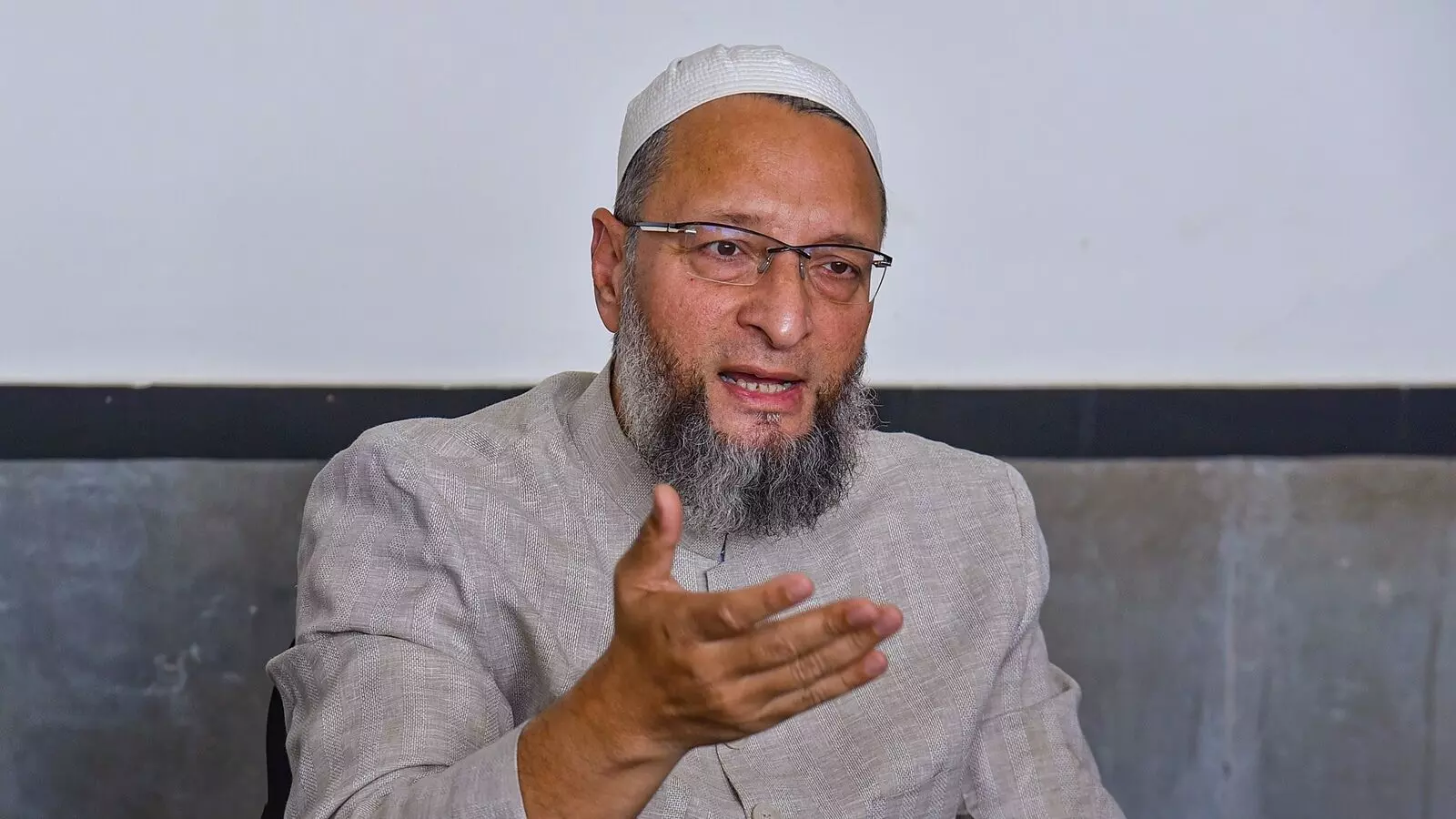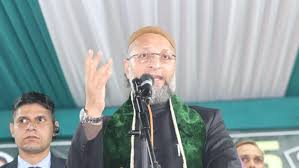Abolition of Medical Council of India historic for medical education, says Kant
Wed 30 Sep 2020, 15:25:14
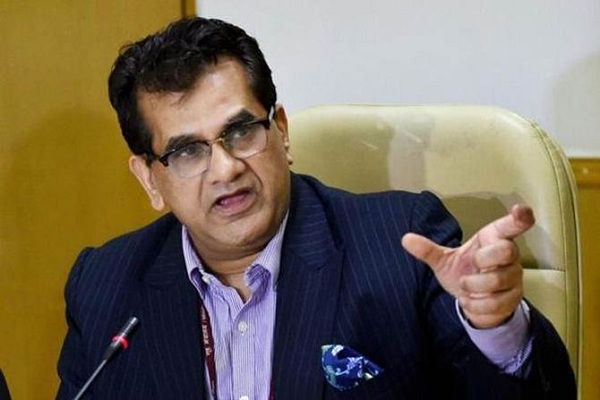
New Delhi: It was a long road to the abolition of the Medical Council of India (MCI), the 64-year-old 'tainted' medical education body, and the constitution of the National Medical Commission (NMC) for the government.
At first, the government’s policy think tank NITI Aayog had recommended the replacement of MCI with NMC. The decision was approved by most states and after its approval by the Prime Minister, the NMC Bill was passed by Parliament and approved by the President on 8 August 2019.
“On 25 September 2020, when the MCI was officially dissolved, was a historic day for Indian medical education. It was a culmination of the efforts of the government over the past four years," said Amitabh Kant, CEO of NITI Aayog.
Kant one of the officials backing the replacement of MCI said that medical education had left much to be desired with MCI at the helm.
“While there was no reform worth mentioning, the MCI was known more for its controversies. Besides, the nexus of a few doctors controlled MCI. Inspection of colleges by MCI was a tool used for control and harassment rather than reform," said Kant, recalling that a college in the Himalayan states could face de-recognition for lack of air conditioners in its library whether or not it fulfilled other commitments.
Kant, crediting the move to the current government, said that since the early 1990s, successive governments tried to reform this sector with little success.
“With the National Democratic Alliance (NDA) coming to power and focusing on this issue, a committee under the then vice-chairman, NITI Aayog, was constituted. I was also a member. Active consultations were held with stakeholders—state governments, medical fraternity, eminent experts in the field, secretaries (retired) to the government of India, and non-medicos like lawyers, Institute of Chartered Accountants of India (ICAI), etc," said Kant.
Kant, recalling the struggle, said that office-bearers of the MCI were also heard. The draft Bill was placed on NITI’s website for soliciting views from citizens.
“The Bill was scrutinized by a group of ministers headed by the then finance minister. Recommendations of the Parliamentary Standing Committee were considered. And finally, a futuristic Bill was enacted," said Kant.
Kant who has seen the developments taking place in gradually eroding MCI asked, “What does this giant leap entail?"
Kant holds that it is fundamentally the end of inspector raj. “The regulator is now ‘selected’ on merit, as opposed to an ‘elected’ regulator. There is a paradigm shift in the regulatory philosophy from an
input-based, entry barrier for education providers without corresponding benefits, to being outcome-focused. Then, autonomy to boards and segregation of their functions would reduce rent-seeking opportunities," he said.
input-based, entry barrier for education providers without corresponding benefits, to being outcome-focused. Then, autonomy to boards and segregation of their functions would reduce rent-seeking opportunities," he said.
Kant batted for minimum government, maximum governance. Kant said that the NMC replaces a large 108-member general body of the MCI, which was not conducive to an excellent regulatory organizational structure, with a leaner and broad-based team comprising 33 members. "Even with a smaller set-up, there is a clear segregation of responsibilities for broad functions such as designing the curriculum for undergraduate and postgraduate courses; accreditation of colleges/institutions; code of ethics and registration of doctors," he said.
Until the repeal of the IMC Act, 1956, "not-for-profit" organizations were permitted to set up medical colleges, said Kant. The process involved enormous investments and negotiation of cumbersome procedures with no provision for fee regulation, he said.
The NMC Act removes the discretionary quota by using a transparent fee structure. Also, nearly 50% of the total MBBS seats in the country are in government colleges, which have nominal fees. Of the remaining seats, 50% would be regulated by NMC.
“It means that almost 75% of the total seats in the country would be available at reasonable fees, making medical education within reach of the low and middle classes as well. Apart from encouraging private investment, more than ₹10,000 crore have been spent in creating government seats in the past five years. Similarly, 21 new AIIMS, at the cost of over ₹30,000 crore, are also in the pipeline to boost the medical education sector."
“This historic reform will steer medical education towards a transparent, qualitative, and accountable system," said Kant.
“The Act promotes medical pluralism. Drawing lessons from countries such as the UK, Thailand and China, it grants a limited license to practise medicine at the mid-level to such persons connected with the medical profession who qualify specific criteria," he said.
Kant said it emanated from a tremendous shortage of doctors in India—current doctor-population ratio of 1:1,456, compared to the recommended norm of 1:1,000. Also, the distribution of doctors is skewed, with the urban-to-rural doctor density ratio being 3.8:1.
“Moreover, nearly 57% of the personnel currently practising allopathic medicine do not have a medical qualification. Task-shifting to the mid-level provider would, therefore, relieve the overburdened specialists and give an impetus to revamp 150,000 sub-health centres into health and wellness centres," he said.
No Comments For This Post, Be first to write a Comment.
Most viewed from National
Most viewed from World
AIMIM News
Delhi Assembly polls: Owaisi leads Padyatra in Okhla
Feb 01, 2025
We reject this Waqf Amendment Bill: Asaduddin Owaisi
Jan 30, 2025
Latest Urdu News
Most Viewed
May 26, 2020
Which team will win the ICC Men's Champions Trophy 2025 held in Pakistan/Dubai?
Latest Videos View All
Like Us
Home
About Us
Advertise With Us
All Polls
Epaper Archives
Privacy Policy
Contact Us
Download Etemaad App
© 2025 Etemaad Daily News, All Rights Reserved.

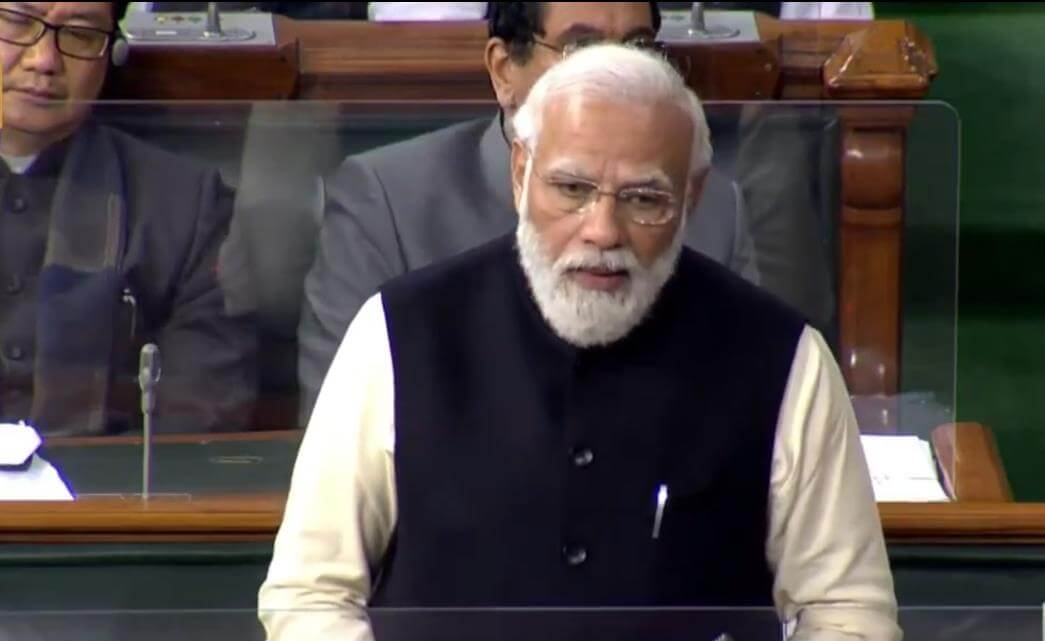
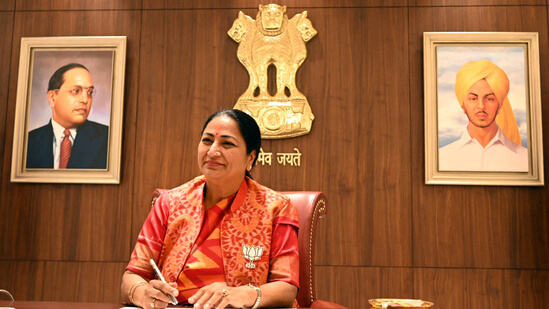
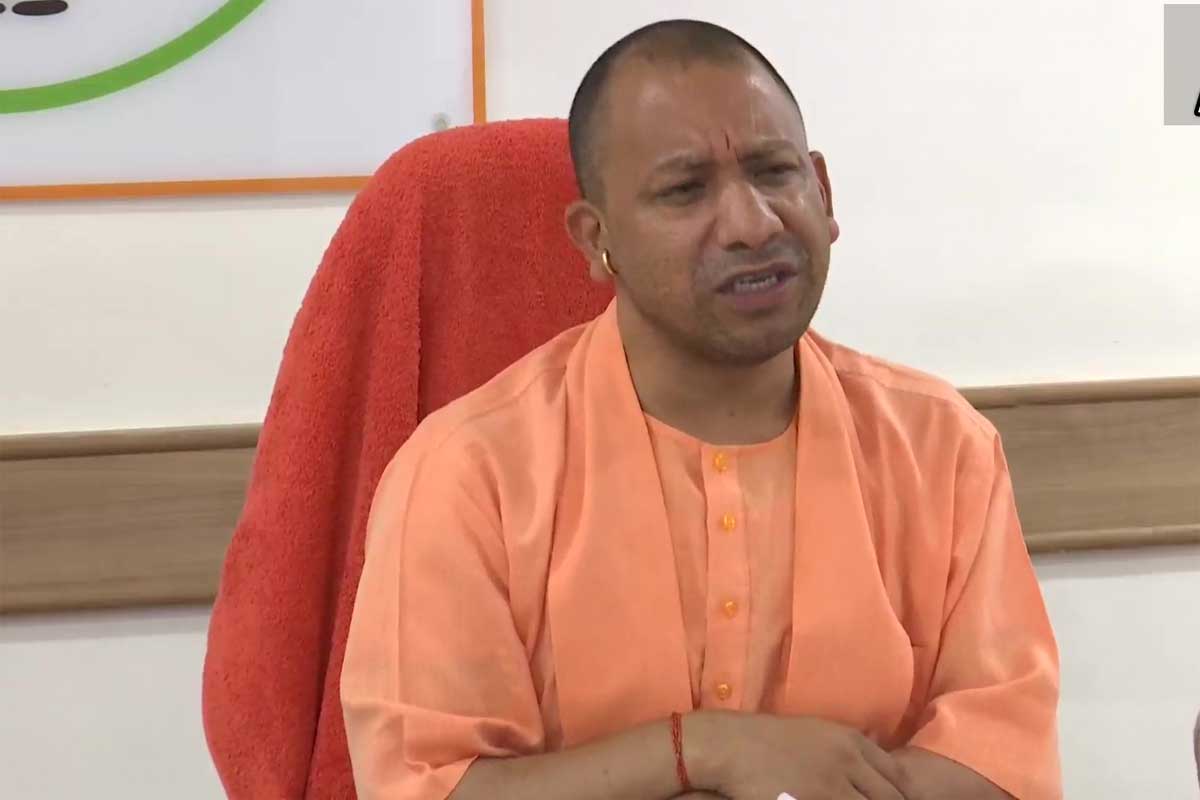
.jpg)
.jpg)
.jpg)
.jpg)
.jpg)
.jpg)
.jpg)
.jpg)





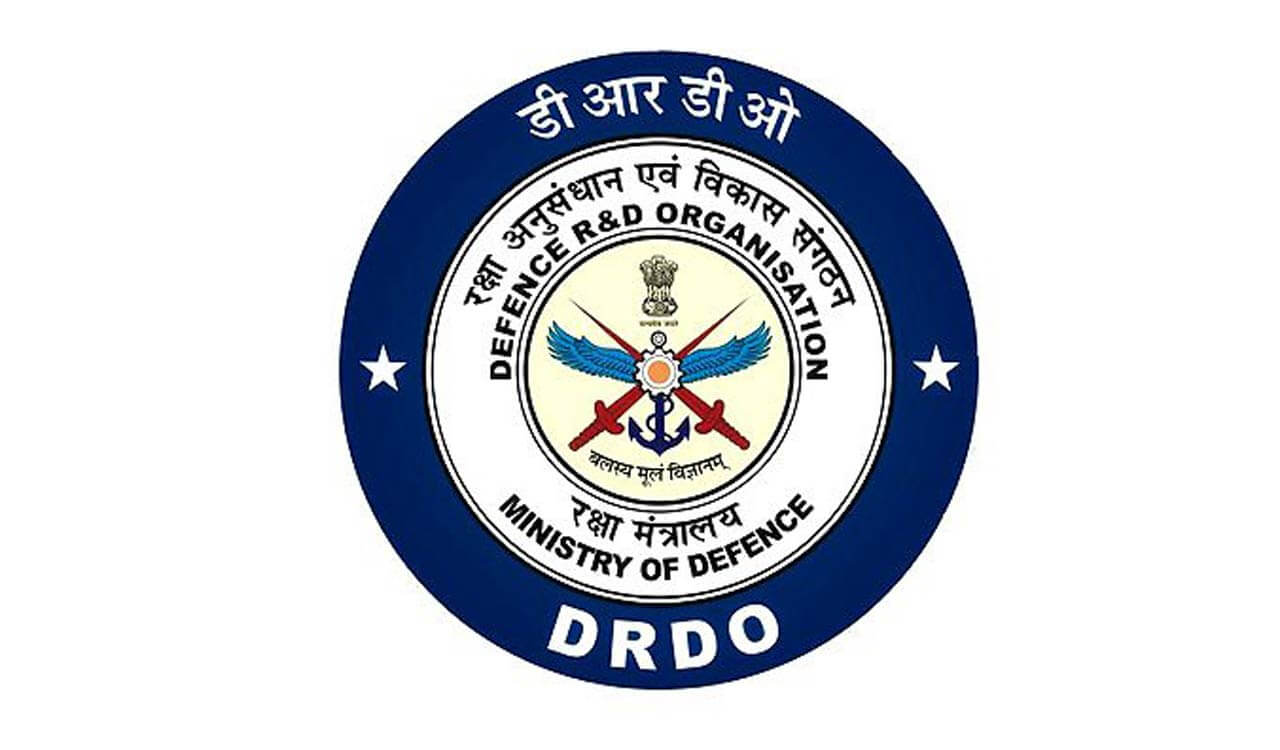
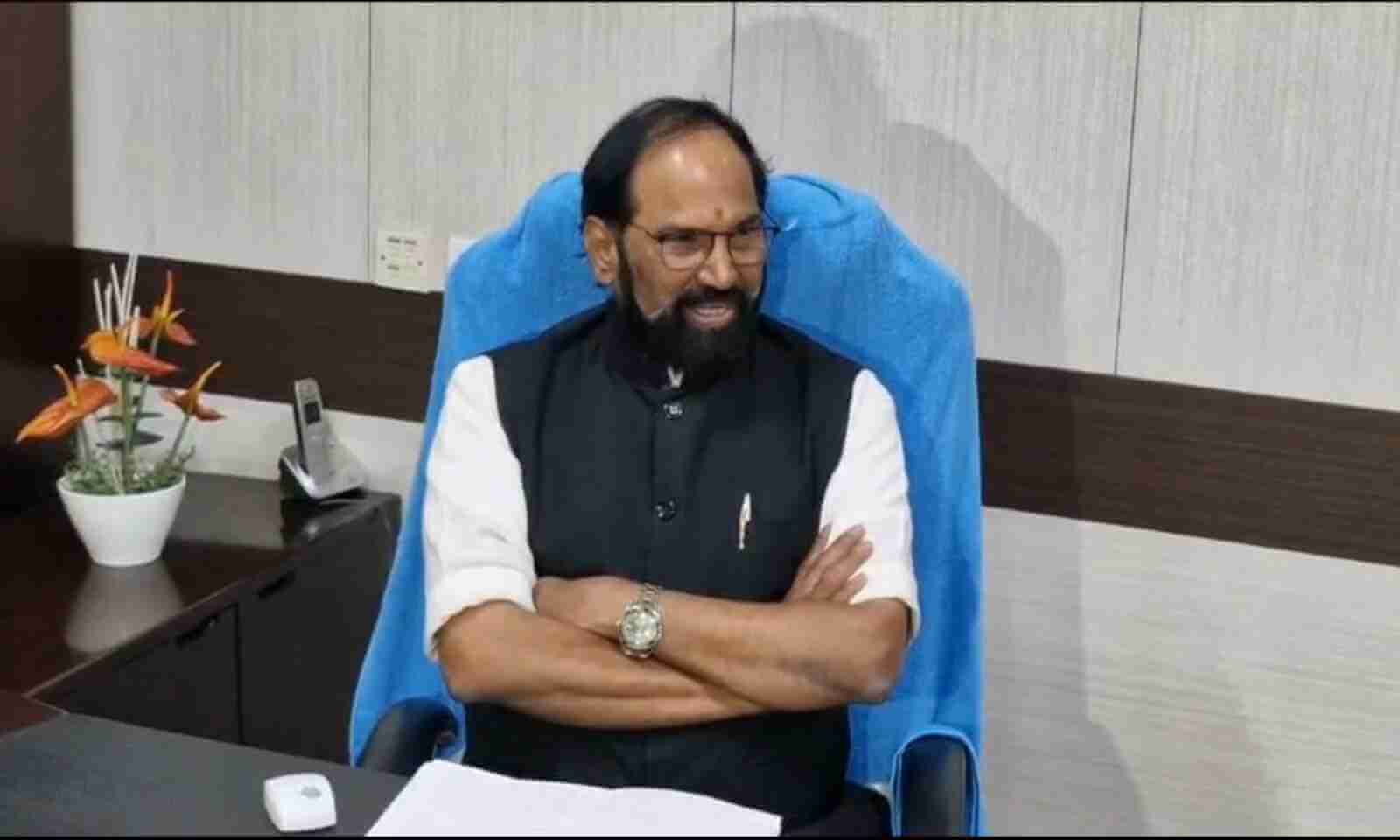
.jpg)
.jpg)
.jpg)
.jpg)
.jpg)
.jpg)




